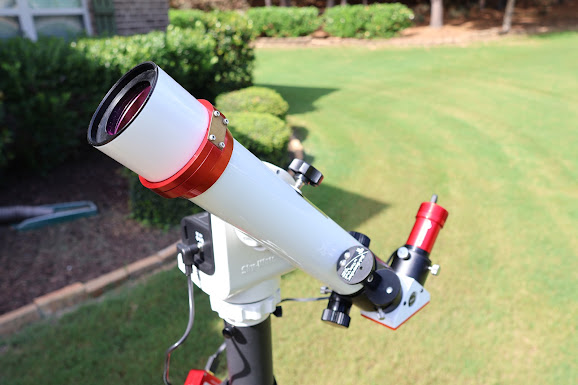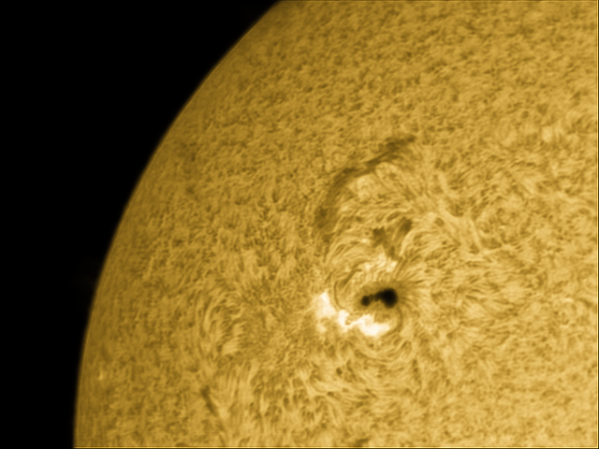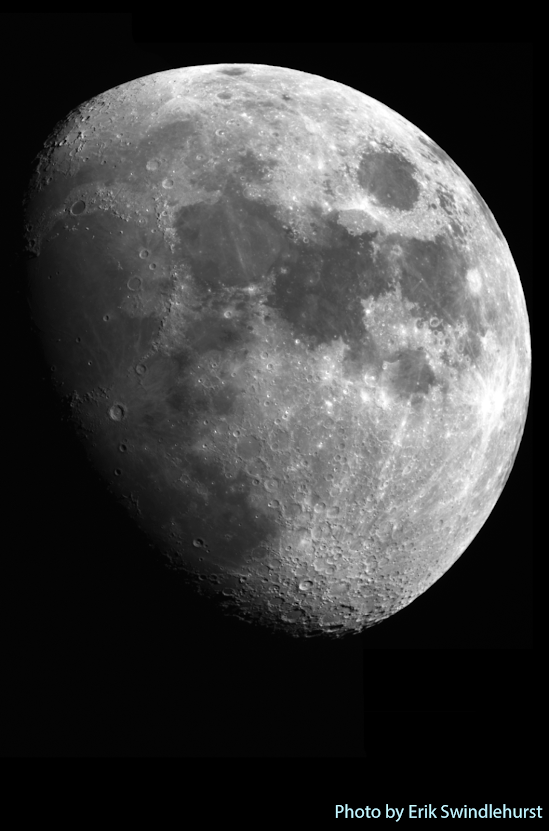Oppenheimer and the Sun
.jpg.webp)
Have you seen the newest movie by director Christopher Nolan, "Oppenheimer"? I hope to see it soon at our local IMAX theater. J. Robert Oppenheimer is credited as the "father of the atomic bomb" and worked on the Manhattan project to produce the world's first atomic bomb in a nuclear arms race against Germany. Photo Credit: Department of Energy 1944, Public Domain The first atomic bomb was tested in the New Mexico desert was a fission bomb named Trinity. The second generation of the nuclear bomb utilized a fission explosion to ignite a more powerful explosion of the fusion stage. This provided a vastly greater destructive power over a fission bomb. Photo Credit: Department of Energy Fusion is how energy is generated in stars. In fact, our Sun converts through fusion 620 million metric tons of hydrogen each second, making 616 million tons of helium in the process. To put that in scale, that is the equivalent of over EIGHT of Earth's moon wort


